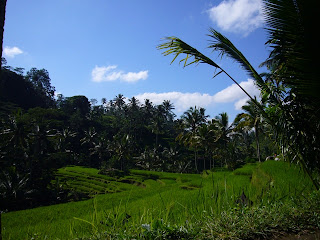Jakarta (DKI Jakarta) is the capital and largest city of Indonesia. It was formerly known as Sunda Kalapa (397-1527), Jayakarta (1527-1619), Batavia (1619-1942), and Djakarta (1942-1972). (Reference wikipedia)
Sightseeing Tours
KOTA
Old Town of Batavia, now known as Kota, was once the hub of Dutch colonial
Indonesia. Much of the one-time grandeur has now rotted, crumbled or been bulldozed away, but Taman Fatahillah, kota’s central cobblestone square, is still reminiscent of the area’s heyday.
MUSEUM WAYANG
This puppet museum has one of the best collections of wayang puppets in Java and its dusty cabinets are linet with a multitude of characters once used for performances. The collection not only includes puppets from Indonesia but also China, Malaysia, India and Cambodia
MUSEUM SEJARAH JAKARTA
The Jakarta History Museum, is housed in the old town hall of Batavia, and probably one of the most solid reminders of Dutch rule within Indonesia.
SUNDA KELAPA
The Old port of Sunda Kelapa has many magnificent Makasar schooners (pinisi)
MONAS
National Monument (high 132 m) towering over Merdeka square.
TAMAN MINI INDONESIA INDAH
a miniature of Indonesian main ethnic groups as the highlight of Indonesian culture.

























































